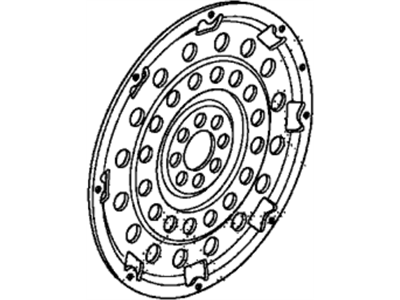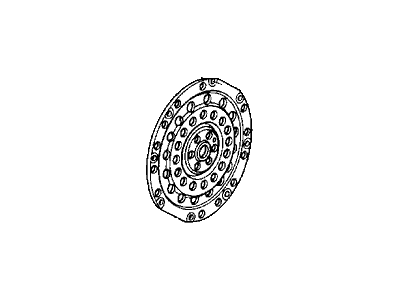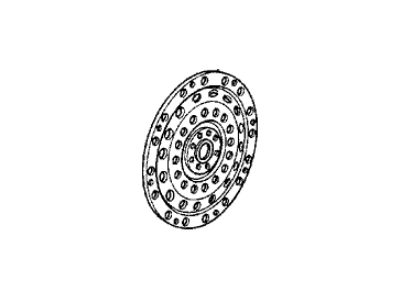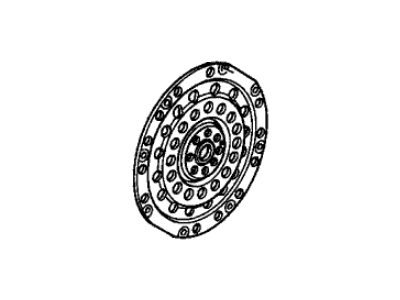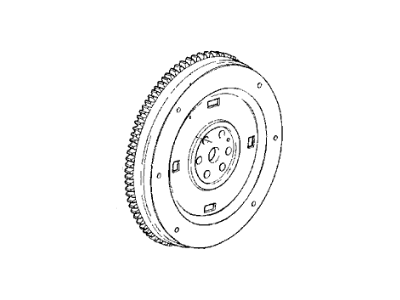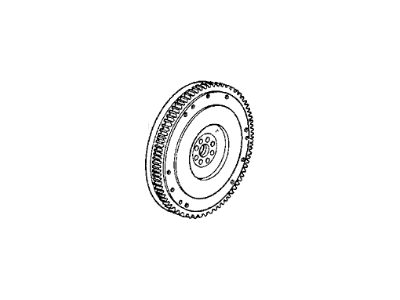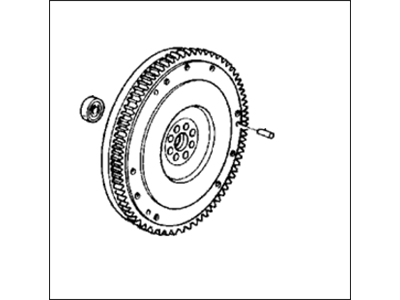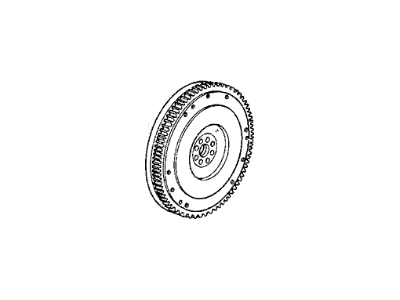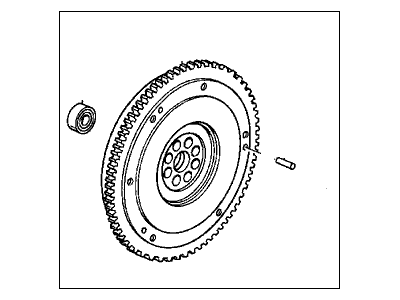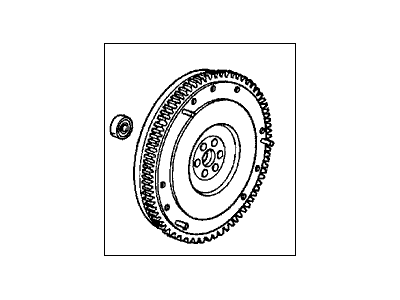×
- Hello
- Login or Register
- Quick Links
- Live Chat
- Track Order
- Parts Availability
- RMA
- Help Center
- Contact Us
- Shop for
- Acura Parts
- Acura Accessories

My Garage
My Account
Cart
Genuine Acura Integra Flywheel
Clutch Flywheel- Select Vehicle by Model
- Select Vehicle by VIN
Select Vehicle by Model
orMake
Model
Year
Select Vehicle by VIN
For the most accurate results, select vehicle by your VIN (Vehicle Identification Number).
13 Flywheels found
Acura Integra Plate,Drive
Part Number: 26251-50P-000$31.38 MSRP: $43.77You Save: $12.39 (29%)Ships in 1-3 Business DaysAcura Integra Drive Plate
Part Number: 26251-PE1-913$72.03 MSRP: $101.05You Save: $29.02 (29%)Ships in 1-3 Business DaysAcura Integra Flywheel
Part Number: 22100-65P-003$353.44 MSRP: $504.77You Save: $151.33 (30%)Ships in 1-3 Business Days
Acura Integra Flywheel
We provide a broad range of OEM Acura Integra Flywheel at unbeatable prices on our website. For your OEM parts, You can count on the guaranteed quality, manufacturer's warranty, outstanding customer service, and prompt delivery. We look forward to your visit.
Acura Integra Flywheel Parts Questions & Experts Answers
- Q: How to remove and reinstall flywheel/driveplate on Acura Integra?A:To remove the transaxle, first raise the vehicle and support it securely on jackstands, then proceed to remove the transaxle. If equipped with a manual transaxle, take off the pressure plate and clutch disc, which is also a good time to check or replace the clutch components and pilot bearing. Next, remove the bolts securing the flywheel/driveplate to the crankshaft; if the crankshaft turns, wedge a screwdriver in the ring gear teeth for manual transaxle models or insert a long punch through one of the holes in the driveplate for automatic transaxle models. Carefully remove the flywheel/driveplate from the crankshaft, supporting it while removing the last bolt due to its weight. Clean the flywheel to eliminate grease and oil, inspecting the surface for cracks, rivet grooves, burned areas, and score marks, with light scoring removable using emery cloth. Check for cracked and broken ring gear teeth, laying the flywheel on a flat surface to check for warpage with a straightedge. Clean and inspect the mating surfaces of the flywheel/driveplate and crankshaft, replacing the rear main oil seal if it is leaking before reinstalling the flywheel/driveplate. For installation, position the flywheel/driveplate against the crankshaft, ensuring correct alignment with any dowels or staggered bolt holes, and apply thread-locking compound to the bolt threads before tightening them in a crossing pattern to the specified torque. The remainder of the installation follows the reverse order of removal.
